Our faculty colleagues on the Hales Fund trip to China have posted on their blog a wonderful photographic blog essay of their encounter with the Great Wall of China. It gives me an excuse to show some cool walls I’ve encountered lately on this trip. All of these structures are made from one of the limestone varieties of Jerusalem Stone.
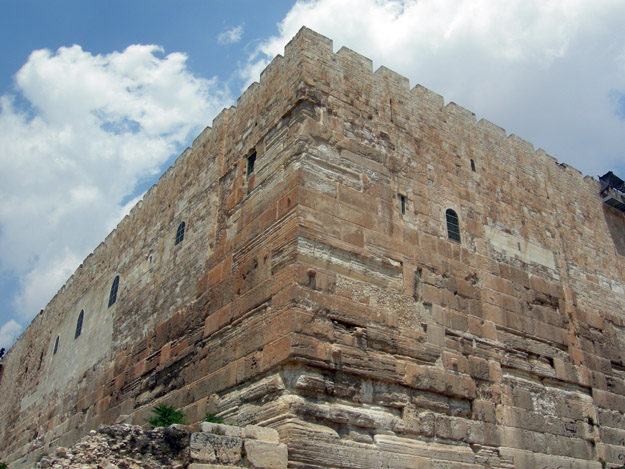
Southeast corner of the retaining wall for the Temple Mount. The massive lower blocks were carved and emplaced during the reign of King Herod the Great (37 - 4 BCE).
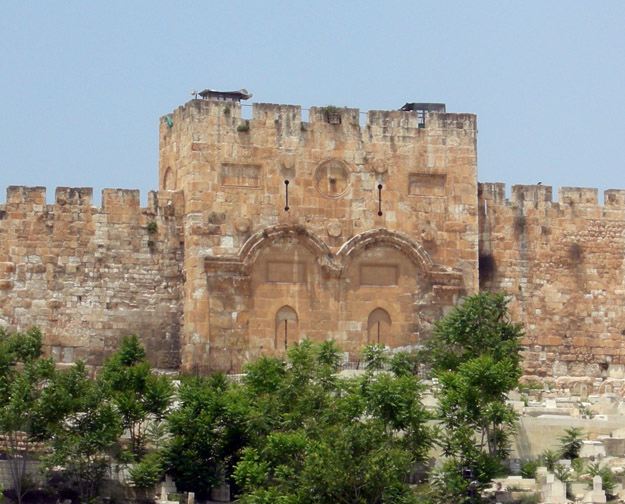
Golden Gate (Bab el-Rahma) in the eastern city wall, another construction during Herod the Great's reign. Jewish tradition is that the Messiah will pass through this gate into Jerusalem. Possibly for that reason the Muslim rulers in the 7th Century closed it up and placed a graveyard in front of it.
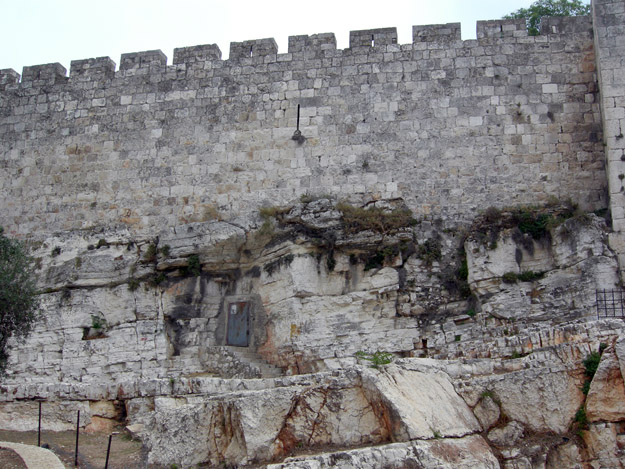
Middle of the north city wall. This is the side of the walled city most vulnerable to invaders, so the height of the wall was enhanced by quarrying out the limestone beneath it. The door leads into one of many subsurface quarries underneath this part of the Old City.
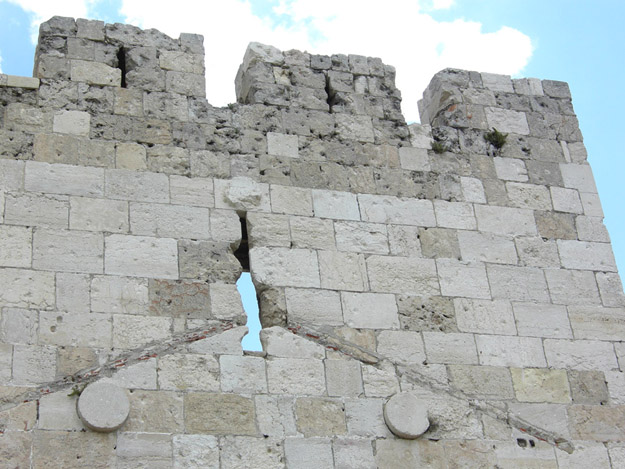
The stones atop Jaffa Gate on the western side of the city walls show bullet and shell scarring from the 1948 War of Independence. Jordanian troops held the Old City and the Israelis were desperate to relieve the Jewish Quarter inside.
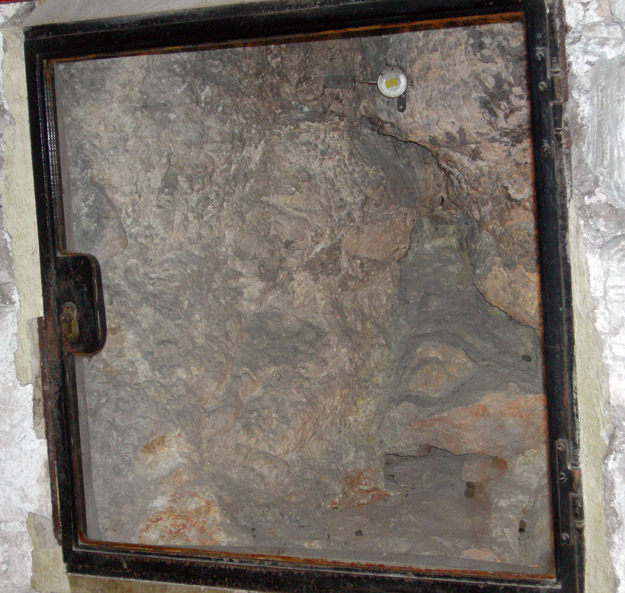
A bit of limestone wall exposed in the Chapel of Adam inside the Church of the Holy Sepulchre. Christian tradition is that this is the burial place of Adam, which was supposed to be directly below the crucifixion site of Golgotha. The crack you see in the rock was believed by early Christians to have been formed during the earthquake upon the death of Jesus. Archaeologists suggest that it was a pre-existing crack in an old quarry. What I found interesting was that someone has placed a strain meter across the crack! Any movement of the rock here will not be good news for the Church of the Holy Sepulchre.



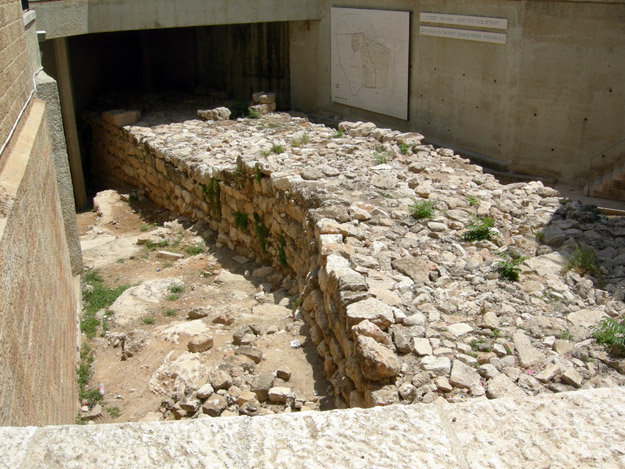
Very multidisciplinary post. Even the science of stone is enhanced by your attention to the aesthetics of the walls and the social context that surrounds them.
Pingback: Wooster Geologists » Blog Archive » A geological and historical tour of the Polish Jura